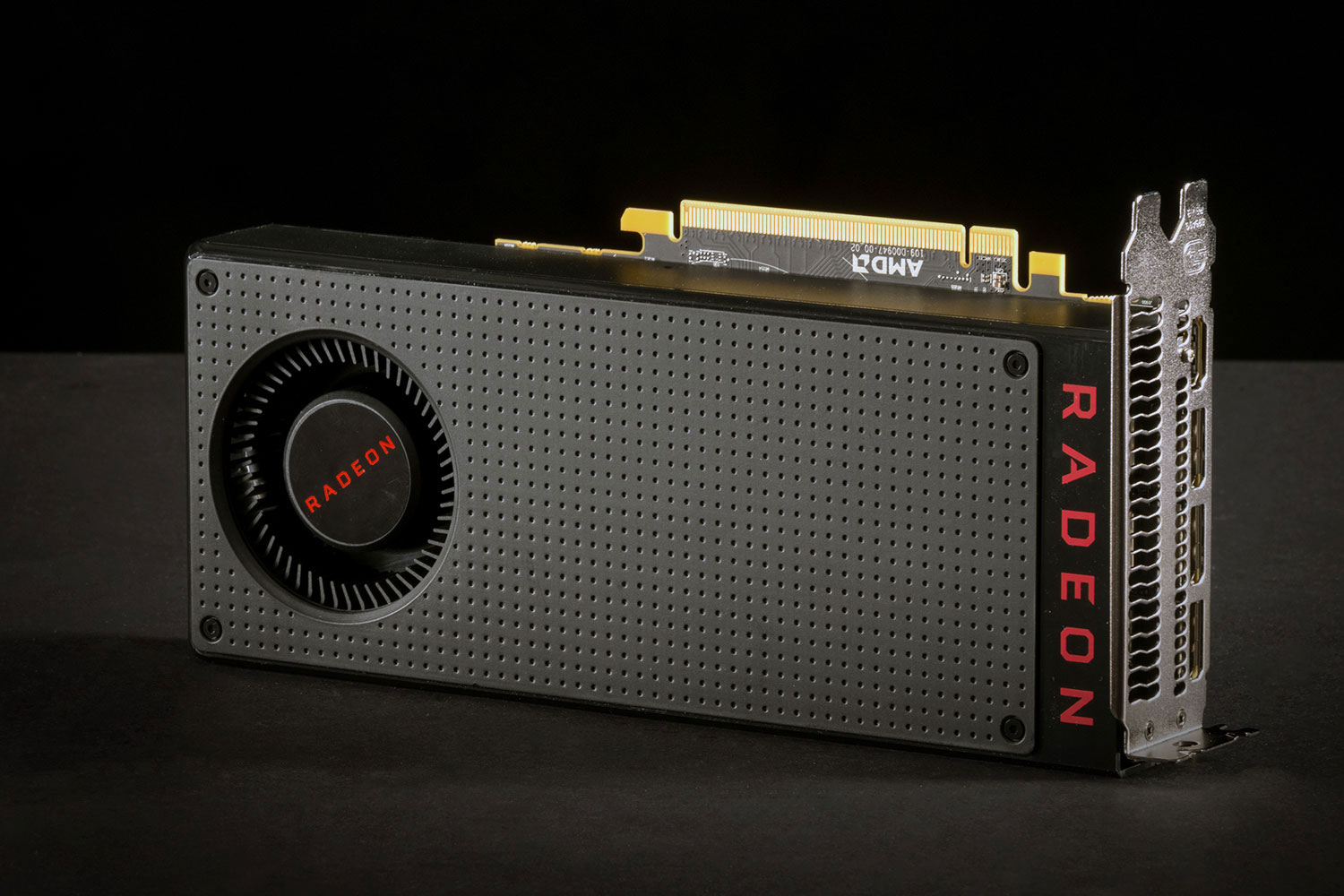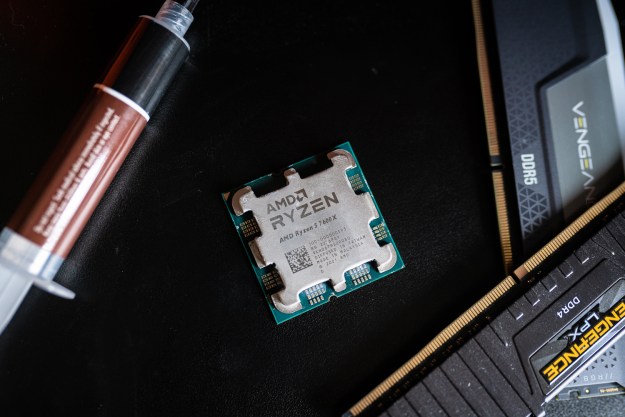
That’s just one of a few reasons why AMD’s new Ryzen chips have been riding a massive amount of hype on the path to release. Enthusiasts across the computing spectrum are hoping for red team’s triumphant return, not just because it helps AMD, but because it helps make computers more exciting and relevant.
Shaking up the status quo
AMD has decided to strike where Intel is weakest.
Over the last few years, mainstream processor performance has increased incrementally. It’s enough to warrant buying the newest chip when you build, but it’s hard to justify the cost to upgrade existing systems. At least, that’s been the case with Intel chips. Users who have a second or third-generation Core i7 still see little reason to upgrade.
Instead of chasing the same price points already dominated by Intel, AMD focused on the sub-$200 market. That’s a boon for gamers looking to keep total system cost low, and for those who want to open some room in their budget for a more expensive GPU. Even so, we’ve continued to see Intel spreading out into the same category, and leading it with efficient products like the Pentium G4560 and Intel Core i3-3750K. That’s cut the range of competitive AMD processors to the bone.
Once again, AMD has decided to strike where Intel is weakest. To secure more than four cores and eight threads from Intel, you’ll have to shell out for an X99 motherboard and a high-end chip that’s going to cost you $500 or more. Instead, Ryzen provides performance competitive to workstation chips twice the price, allowing mid-range users to harness the extra processing power, if that’s what they’re looking for.
Radeon RX was a blueprint for the future
It’s a similar effort to what we saw with the Radeon RX release strategy. Nvidia’s GTX 1070 and 1080 packed in serious, high-end gaming performance, but at a steep cost. AMD, meanwhile, snuck in well under that initial price point, offering three cards at $200 or less before Nvidia could push out an offering below $350.

In this context, the budget-friendly RX GPUs start to look like a price break for users hoping to make the jump over to AMD’s side of the fence. The RX 480 still provides solid 1440p performance, and with a huge chunk of Steam users still playing at 1080p, that’s more than enough for the two-to-three years it will take before they need to upgrade again.
That said, there’s always been, and always will be, a market for enthusiasts willing to drop big bucks on high-end parts. There’s a reason consumer systems pack $1,500+ processors like the Intel Core i7-6950X, even though it really isn’t necessary except in incredibly demanding workloads. It’s also the reason Nvidia continues to get away with pricing people out of their highest-end GPUs.
With AMD’s promise to use the AM4 socket until at least 2020, it has won the upgrade path war.
Still, AMD hasn’t competed in the high-end CPU market in quite some time, but it’s important for building hype and drawing eyes to your products. Not a lot of people buy the $600 GPU or the $500 CPU, but you’re likely to make sales because people want the upgrade path, or because they know you make cool products as well as more reasonable offerings. With AMD’s promise to use the AM4 socket until at least 2020, the red team has won the upgrade path war, and made investing in a high-end motherboard a much safer bet, with longer legs than something you could pick up from Intel.
It just might be a winning strategy
Whether this strategy will work or not is hard to say, but it’s a plan that already has competitors shaking. In the wake of Ryzen pre-orders, Intel cut prices aggressively, bringing the Intel Core i7-7700K down to an even $300 at some retailers. Nvidia has also announced the GTX 1080 Ti after the 1000 Series has been on the market just six months, three months less than it took for the GTX 980 Ti to hit the scene.
Granted, these are both companies that aren’t used to having a whole lot of competition to deal with. If you want a consumer CPU, you have two choices. If you want a consumer GPU, you have two choices. AMD’s is the only alternative to Intel or Nvidia in each field, so everyone benefits if it’s doing well. Competition drives markets and benefits consumers, forcing companies to release efficient products at prices that will help them sell.
As we’ve already seen, competitive pricing isn’t quite enough to bring users over to AMD’s side, but maybe more serious performance and optimization improvements can help return the red team to its former glory, and will be enough to give the other chip makers a much-needed kick in the pants.
Editors' Recommendations
- AMD Zen 5: Everything we know about AMD’s next-gen CPUs
- AMD makes older PCs more upgradeable once again
- Nice try, Intel, but AMD 3D V-Cache chips still win
- AMD vs. Intel: the rivalry has never been more fierce
- AMD’s new CPU slammed as ‘anti-consumer at best’



